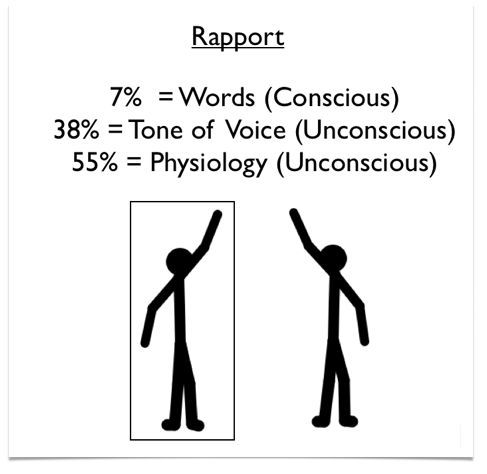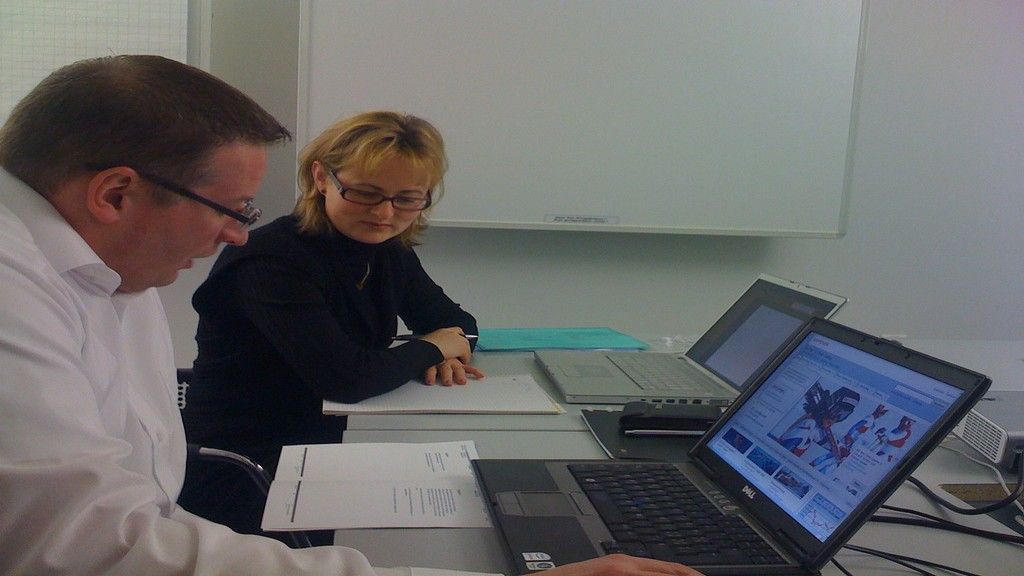Conducting interview with users can be hugely rewarding. It is, however, a bit of a challenge to get the process right and many first-time interviewers are just a little bit nervous about going one-on-one with their interviewees. As with many other UX research techniques that process can be a little easier if you follow a few simple tips to develop your user interviews:
Set Objectives and Stick to Them
An interview is a conversation but unlike a social chat which is free to wander wherever its participants want to go; an interview needs to reveal useful insights to help the UX design process. That means you need to have some clear (and ideally written) objectives before you start the interview. What do you want to learn? How will you get to learn that?
This should enable you to generate a list of useful questions to target that information. Of course, people being people – your users will still wander off piste, your job is to gently nudge them back in the right direction and control the flow of conversation to get the results you want.
Take It Slow and Build Rapport
An interview cannot be held as an interrogation. Firstly, you’re not the police or security forces and secondly, you don’t want your users to feel like criminals. That means developing rapport with the participants in your interviews so that they want to help you.
This process can begin before they even enter the building for the interview. Contacting participants ahead of time and helping them understand what they do and the format of the interview can help put nervousness to bed. When they arrive a pleasant greeting and an offer of a drink can also help form a quick bond.
When the interview begins a few minutes for pleasantries and opening up a conversation can also help develop rapport before you go into details.

Author/Copyright holder: Excellence Assured. Copyright terms and licence: All rights reserved Img source
Don’t Forget to Acknowledge the Person
If you start a conversation in a bar; you maintain eye contact – you smile, you nod your head, etc. Non-verbal acknowledgment of someone in a conversation is important. So is verbal acknowledgement; from murmurs of enthusiasm to the occasional; “That’s great feedback.” These are the social cues that make up a conversation.
This is as true in the interview setting as it is in a bar. Your user is a human being not just a test subject and conversations need to feel authentic to them.
Let Them Be The Expert
It can be tempting to feel that we are the experts in the room; after all it’s our project and our business but when it comes to the user interview – we’re not experts. The user being interviewed is the expert. It doesn’t matter how much experience you have or how clever you are – you cannot predict what the participant will say.
That means making it explicit that you have come to listen to the user and to learn from them. Reassure them that there are no wrong answers and that their opinions are all that matters in these sessions.
Learn to Love Silence
Ask any salesperson and they’ll tell you that once the order has been asked for; “the first person to speak loses the deal.” Silence is something that many of us are not comfortable with. There’s something scary about a space with no words. Yet, it’s silence in which we reflect and think about what we’re going to say.
Sometimes, you have to shut up and endure silence for the participant in an interview to volunteer what they really want to say. Silence encourages them to speak. Don’t fill that silence for them.
Be Cautious About Leading Questions
A leading question is one which pre-supposes a “good” answer. For example; “Don’t you think that this is the best incarnation of our product so far?” Is clearly designed to elicit a “Oh, yes!” from the respondent.
Leading questions are a great way to introduce bias into your interview responses. Interviewees, by and large, don’t attend an interview to contradict the person in authority. Thus a leading question will often receive the expected response rather than the honest response someone might have wanted to give.
Wherever possible ask more open-ended questions; “Which incarnation of the product has been your favourite?” for example.

Author/Copyright holder: Unknown. Copyright terms and licence: Unknown Img source
Develop Follow Up Questions on the Fly
Whilst a plan and an outline for your interview are important; it’s also important to deviate from that plan when you’re presented with something really interesting. If someone touches on something and it feels important, drop the script for a bit and follow up on the fly.
“So, you just said XYZ and I find that really interesting. Can you tell me a bit more about that issue and why it matters to you?” is a good way to do this. It shows that you’ve been paying attention to what’s been said and that the person’s opinion has value too.
Interrupt if You Have To
Interviews are held on a timescale. If your participant has a tendency to head into the rough as they verbally meander around everything except what you want to talk to them about; you need to bring them back on track.
This does not mean being rude. It just means that you have to take a breath and interject. Something along the lines of; “That’s really valuable but can I just change tack here? I would really like to know about XYZ at this moment in time…”
This reassures the participant that you still value their opinion but enables a change of course to get the interview moving in the right direction.
Summary
Interviewing is a great way to conduct user research. It can also be a lot of fun. Interacting with users and discovering more about the way they feel about your products can be really interesting and enjoyable. To get the most out of user interviews really just means having a process in place and trying to keep to that process (though a touch of flexibility can help sometimes too).
Header Image: Author/Copyright holder: Thomas Link. Copyright terms and licence: CC BY-SA 2.0











